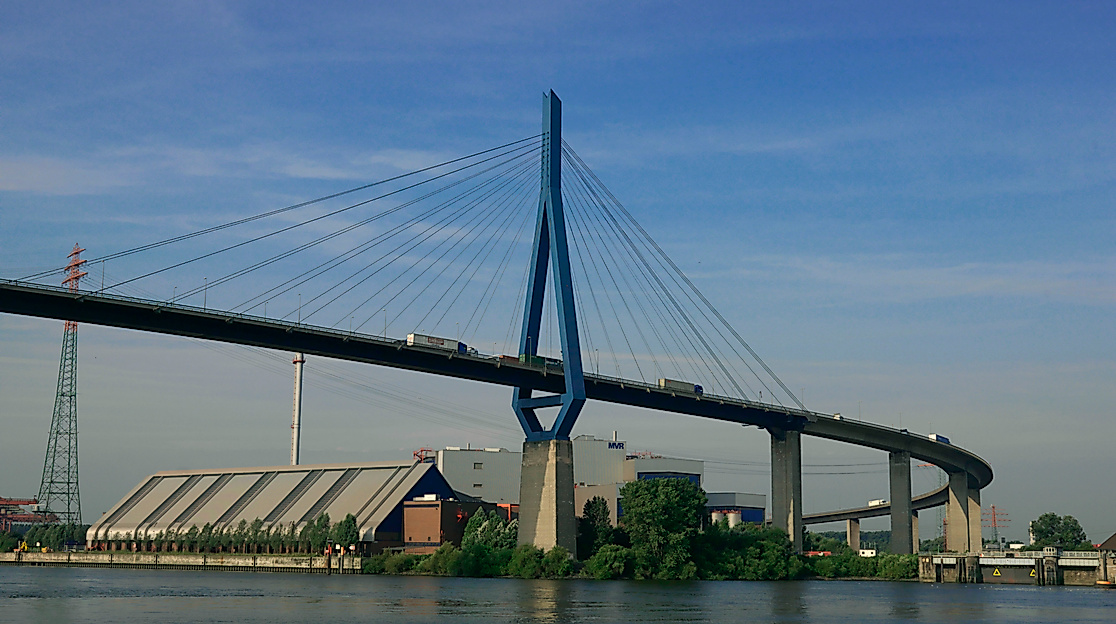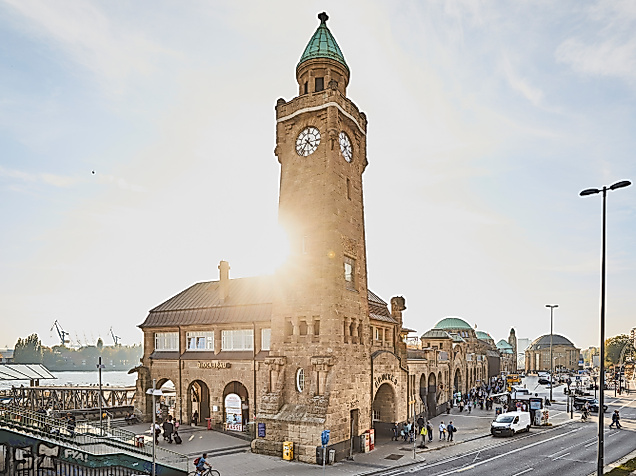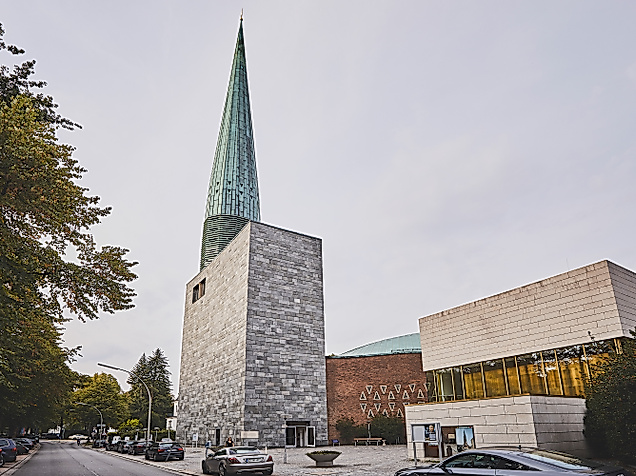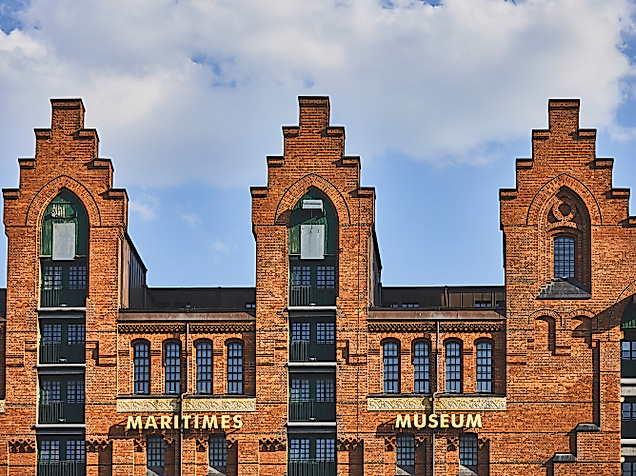
Köhlbrandbrücke
The Köhlbrandbrücke is the most important connection to the port of Hamburg and one of the city's landmarks.
Erected: 1974
Location Between Speicherstadt and HafenCity
Special features: The harbour, the heart of the city, is situated at the foot of the bridge
For six years, Rüdiger Schuer has been driving buses for Hamburger Hochbahn. Route 151 is one of thirty that is served by his depot, and it is the only route in the whole of Hamburg that travels across the Köhlbrandbrücke bridge. The bridge spans nearly four kilometres across the container port; every day more than 45,000 vehicles cross the southern arm of the Elbe here, known as the Köhlbrand.
When the bridge was inaugurated on 20 September 1974, 600,000 residents of Hamburg attended the opening ceremony. Many still keep the commemorative medallion in a drawer. The Köhlbrand bridge is for some the best part of commuting to work, despite continuous traffic jams. Some rave about sunsets behind the harbour cranes, about the office window view of the bridge at dusk, and nights driving with the car radio turned up when the lights from the harbour and bridge are reflected in the water.
Twenty minutes after departure from Wilhelmsburg suburban railway station, Rüdiger Schuer's bus rolls across the bridge and a whole panorama opens up: far behind the half-finished Elbphilharmonie, sometimes the big wheel of the Dom, and between the harbour cranes, appearing as small as a toy, the Altenwerder church tower, the only thing remaining from the Altenwerder district when the bridge was built and the harbour was extended.
Schuer lives in Lüneburg and is an aficionado of Hamburg. Those lucky enough to ride with him do not not need a guide to the city. Schuer shows tourists the high tide mark on Wilhelmsburg Town Hall, a reminder of the water level in the flood of 1962, or the "Erzengel", the heaviest loaded freight train in Europe, which commutes several times a day with more than 5,000 tons of cargo from the harbour to the steel plant in Salzgitter. It is recommended to change in Waltershof to the lines to the Altes Land or through the New Elbe Tunnel to Altona, with its landing stages and fish market. A ride in Schuer's bus is a city tour for 2.80 euros.
He does not favour the plans to demolish the Köhlbrandbrücke in 2028 to make way for ever larger container ships. The Köhlbrandbrücke, says Rüdiger Schuer, is just as much a part of Hamburg as the Michel and the landing stages. A landmark.



